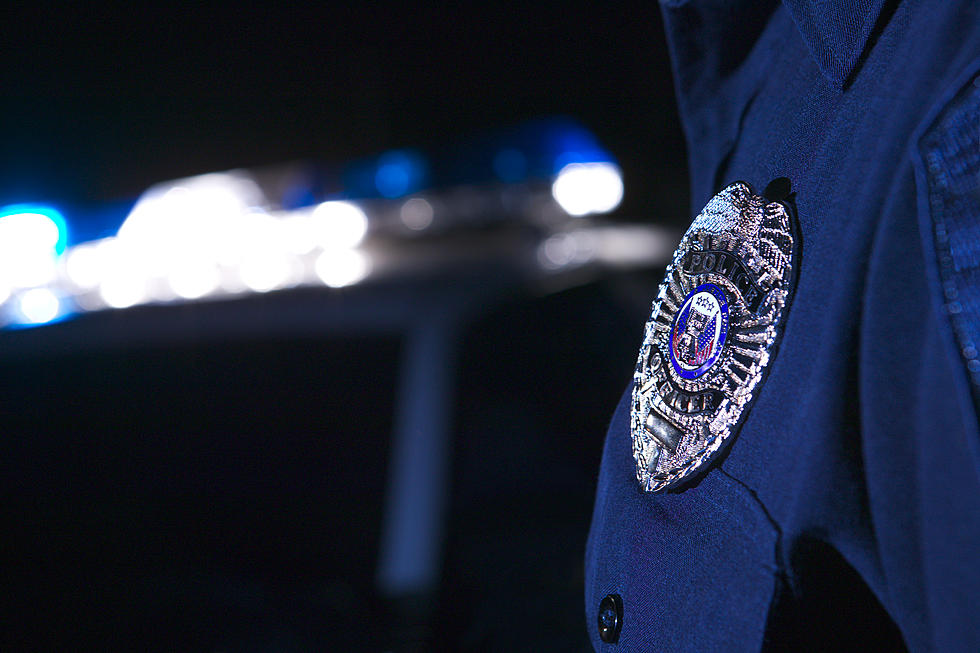
Sedalia Murder Featured On Investigation Discovery’s Reasonable Doubt
I think if you've read my blog posts before, you know that I'm a HUGE fan of Investigation Discovery. With me, I'm either watching something about a Veterinarian or I'm watching something with a detective. Usually someone either has to amputate a dog's leg or someone has to solve a crime with the usage of DNA evidence. So imagine my surprise when I saw the latest episode of Reasonable Doubt on my DVR. It was all about a murder that happened back in the 80's here in Sedalia. I couldn't find any clips of the episode online without a subscription, but I found a trailer for the series so you can get an idea of what it's like.
The episode in question is about the case of Virginia A. Twenter. Her cousin thinks the case needs to be reopened, and reached out to the show to have them examine it. I won't spoil the episode if you haven't seen it. But if you're interested, I found out more about the case. I won't edit this quote, so it'll be a little long, but I don't want to miss anything or misrepresent anything. Here are the basic bones of the case according to Justia:
he body of J.D. Wells was found by his daughter, Anna Laas, in the living room of the Wells' home at about 7:15 a.m. on May 5, 1988. About noon the same day the body of Marilyn Wells was found in a field approximately eight miles from the Wells' home. Her body was approximately fifty-six feet from a gravel road. Both deaths were caused by gunshot wounds. J.D. Wells had been shot in the back and in the chest. Marilyn had been shot once in the chest. She appeared to have been shot at the site where her body was discovered.
On the evening of May 4, 1988, between 9:30 and 11:30 p.m., a neighbor of the Wells was watching television when she heard two gunshots coming from the Wells residence.
Ballistic evidence indicated that the fatal shots were fired by a .38 caliber pistol registered to Hugo Twenter, appellant's ex-husband. Hugo had discovered the gun missing from his pickup truck as he was leaving Virginia Twenter's residence one evening in April of 1988. He had reported the missing gun to law enforcement officers prior to the murders. There was also evidence that defendant knew where Hugo kept the gun in the pickup truck. After the gun was taken, defendant indicated to Hugo that she could produce the gun. The gun was found on May 6, 1988, in a creek south of the Sedalia city limits, not many miles from the scene of the crime.
Two bloody shoe prints were found on the linoleum floor at the Wells residence. The prints were the same design, size, shape and pattern as were the shoes worn by defendant when she was interviewed by police. However, an expert witness for the state could not say with certainty that defendant's shoes made the print on the linoleum. A part of a thorn taken from the sole of one of the shoes was similar to locust tree thorns found on the ground on a direct line between the road and the place where Marilyn Wells' body was found. A few feet from Marilyn's body was a pack of Marlboro cigarettes, the same brand smoked by defendant.
A search of defendant's home turned up a cash register tape. The tape was hidden under a mattress and mattress liner in defendant's bedroom. The cash register tape had been made by a cash register used at J.D. Wells' restaurant, the "Coffee Pot Cafe." The tape reflected receipts from May 3. J.D. Wells had taken the tape marked "May 3" when he left the restaurant on the afternoon of May 4, 1988.
Defendant was in serious financial trouble at the time of the murders. Many of her debts were in arrears. Six months prior to the murders, J.D. Wells sent a letter to defendant demanding payment of a loan he had made to her the prior year. Her car had been repossessed. The lender on her home mortgage had sent a notice of acceleration of the debt and intent to foreclose. Five days prior to the murders defendant had purchased a new car, paying for it with a $4,400 check. The check had been returned to the car dealership, and on May 4th the dealer had called defendant, insisting that the check be paid. Defendant told the dealer that she was relying on a loan from her father to pay for the car. Yet a stepsister and a brother of defendant testified that defendant and her father had not gotten along well for some time prior to the murders.
On the morning of the same day the Wells' bodies were found, defendant appeared at the car dealership with a check for $4,400 signed by Marilyn Wells on the "Coffee Pot" account. That same morning she presented a check to a bank, also *632 signed by her stepmother on the same account, for $4,000.
The checkbook and check register on the "Coffee Pot" account were found in the Wells home. It showed all checks accounted for except the last three missing checks, numbered 3743, 3744, and 3745. Two of those checks were the ones that had been presented by defendant. The third check was never located. None of the three checks were recorded in the check register. There was evidence that J.D. Wells was a careful businessman and usually kept records regarding his checks and loans to his children.
The police interrogated defendant. She could only verify her whereabouts before 9:30 p.m. and after 11:30 p.m. on the night of May 4, 1988. She first told police she had driven to Knob Noster during that time frame. However, she testified at trial that she went to Warrensburg and met two men with whom she performed "some sex acts." She could only give the full name of one of the men, Robert Arnell, and the first name of the other, Steve. According to defendant, Arnell "was on a construction site in Warrensburg." She had no other knowledge about where the men lived.
After J.D. Wells' body was discovered but before Marilyn had been found, family members, including defendant, began gathering at the home of defendant's brother, John Wells. Anna Laas, defendant's stepsister, was describing what she had found earlier that morning to others present. When she reached the point in her story mentioning the bloody shoe prints left on the linoleum, defendant said, "Oh God," and fainted. When she regained consciousness, defendant insisted on making a telephone call to her housemate, Mike Turner. Anna and another sister, Clara Denker, overheard defendant's part of the conversation. They each testified that they heard defendant say that both her father and stepmother had been shot. At the time, Marilyn Wells' body had not been discovered. Upon making that statement defendant stopped herself, looked at Laas and said, "Well, just my dad's been shot, and we can't find my mom."
Did you see the episode? Do you remember the case when it happened? What do you think really happened? Is Virginia innocent, did she have an accomplice?
Investigatively yours,
Behka
More From Mix 92.3









